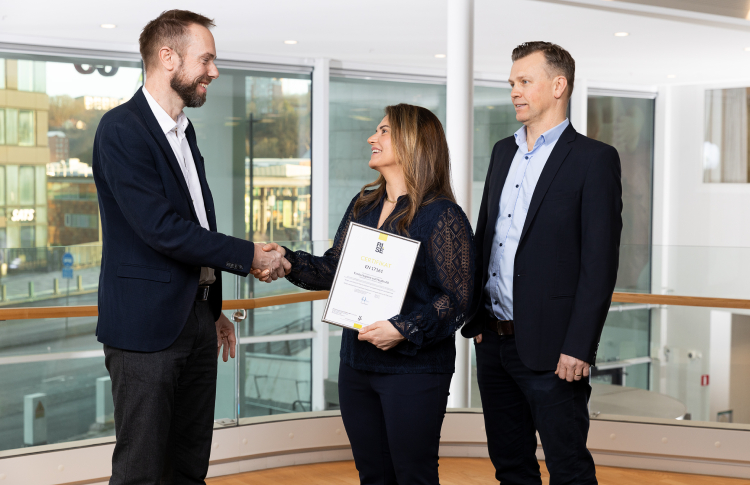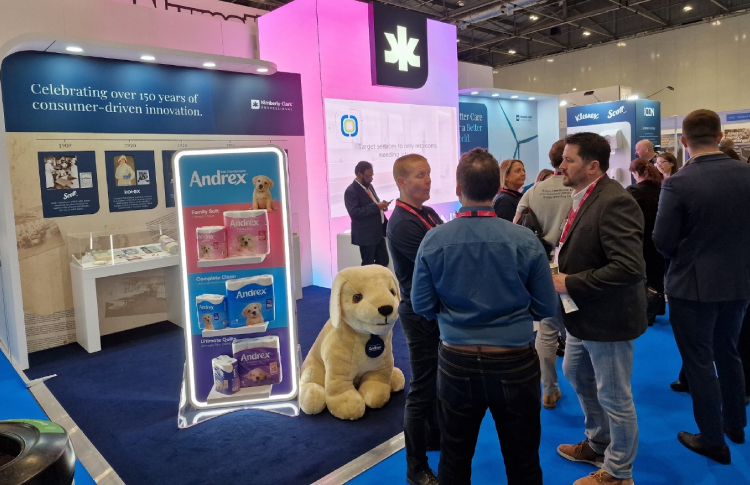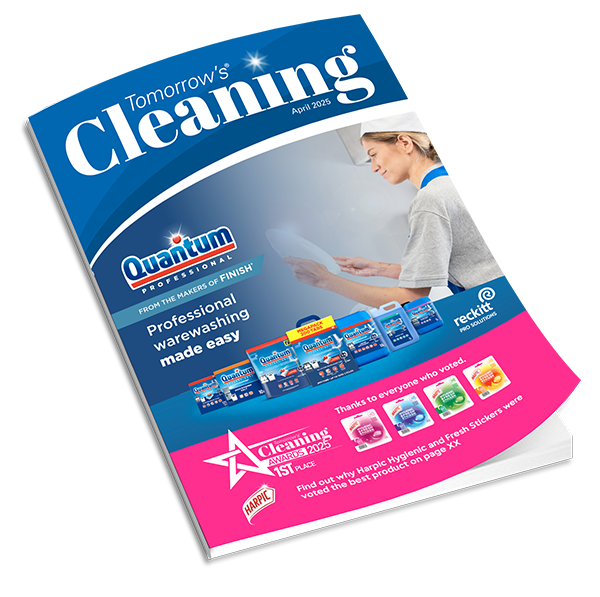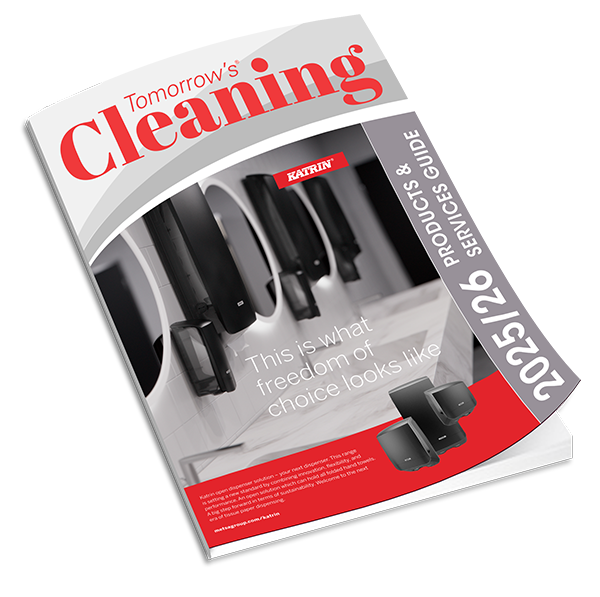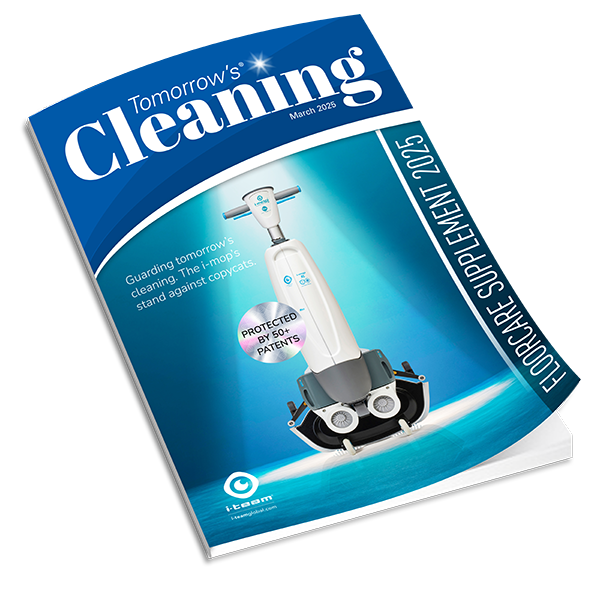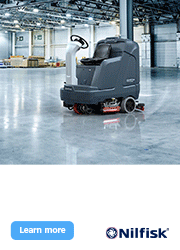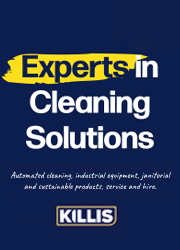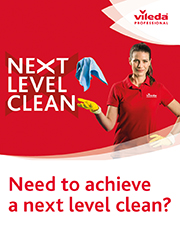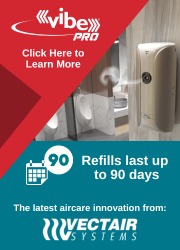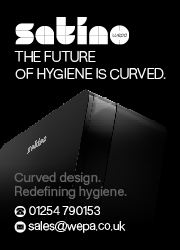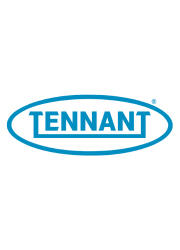The British Cleaning Council (BCC) has welcomed the publication of ground-breaking advice for window cleaners on reducing the risk of injury when using telescopic water-fed poles.
The leaflet, entitled ’Window Cleaning with Water-Fed Poles: How to do it and look after your body’, is the result of a revolutionary research initiative and could greatly improve the safety and wellbeing of workers who use water-fed poles when cleaning high windows.
Earlier this year, the BCC awarded BCC member the Federation of Window Cleaners (FWC) a £2,000 grant to allow them to take part in an industry-wide partnership also involving the Health & Safety Executive (HSE), Principle Cleaning, Specialist Window Cleaning Ltd and NJC. The partners worked with ergonomic specialist dorsaVi to produce a guide explaining best practice techniques when using water-fed poles in order to decrease the risk of musculoskeletal disorders.
The leaflet advises cleaning operatives on how to set up their workspaces, clean windows and pack up afterwards. It includes detailed information on how to position the body when using long or telescopic poles, recommending using two main techniques – the ‘Whole Body’ and the ‘Walk in and Away From the Wall’ moves.
BCC Chairman, Paul Thrupp, said: “There has long been concern in the industry that colleagues using this kind of equipment incorrectly could be exposed to injury which, in turn, could develop into debilitating long-term problems.
“This revolutionary initiative has produced, for the first time, evidence-based advice to protect the safety and health of colleagues using long-reach equipment. I urge colleagues to read this very helpful leaflet and think seriously about adopting the practices it recommends.”
“This is a great example of the kind of project that the BCC supports – schemes that benefit the cleaning sector.”
DorsaVi uses its unique ViSafe wearable body sensors and software to help identify, prioritise and control injury risk by measuring movement profiles and muscle activity in real work environments. Data generated by this technology allowed partners to better understand the impact of using long water-fed poles on the user’s back, shoulders, and neck.
The study allowed the partnership to identify, validate and establish best practice techniques to minimise the risk of musculoskeletal disorders.
Evidence-based guidance is also being produced for optimal equipment training, including content and data to integrate into in-house training courses.
The leaflet can be downloaded in PDF from here.









